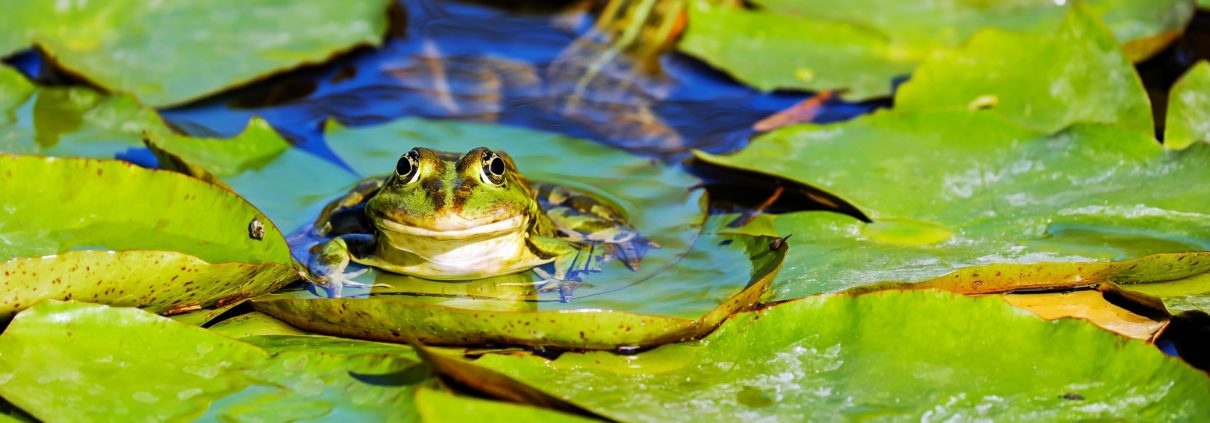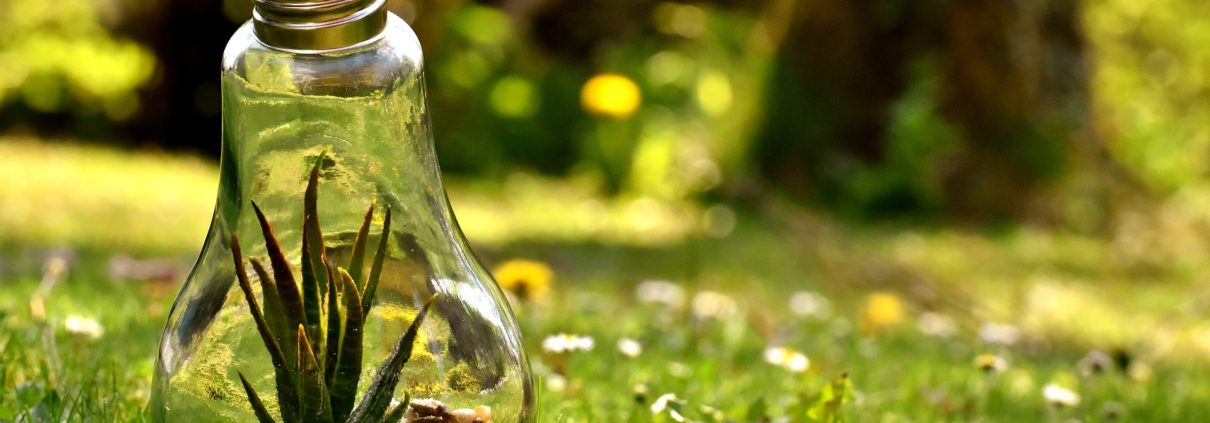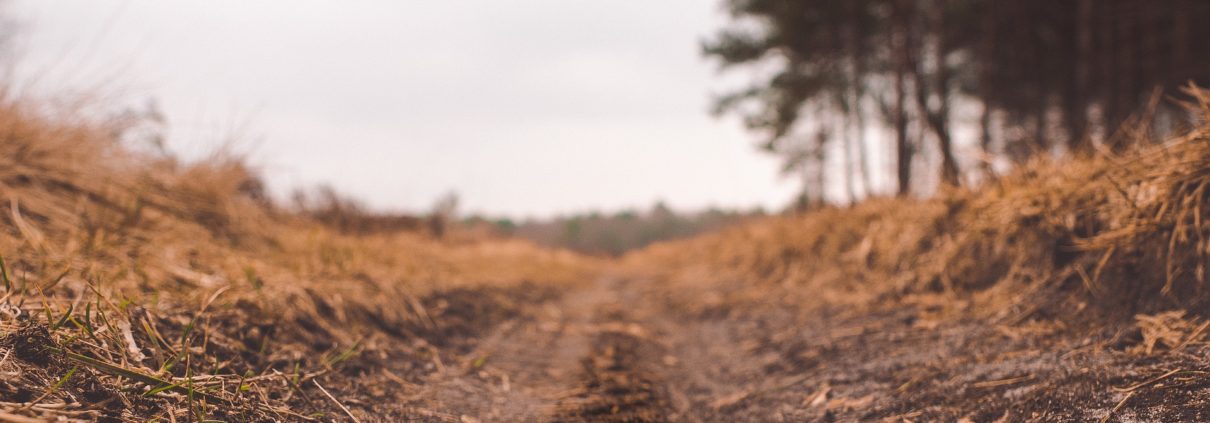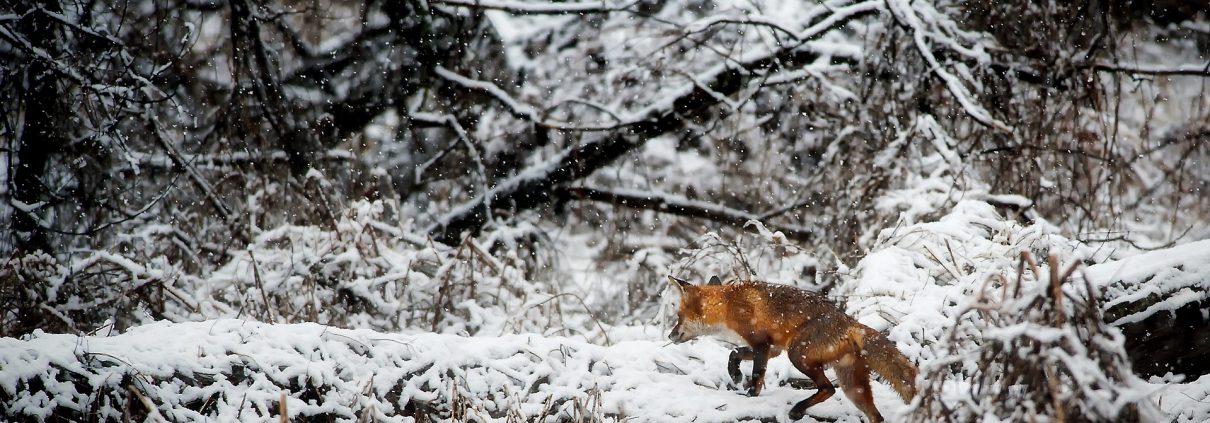California has been under attack by wildfire. The North California fires in October destroyed over 245,000 acres of land and caused more than $1 billion in damages. The fires were so devastating that they have their own Wikipedia page. At the time this article is being written, the Southern California fires are still raging on. Currently, the fires have burned through almost 150,000 acres of land and counting. The losses are devastating, and the looming long-term effects from these wildfires are almost as bad as the fires themselves. Many people assume that the worst of the damage is over when the natural disaster leaves. However, for those in the land real estate business, the trouble may just be starting.
The long-term effects of a natural disaster are tragic for everyone involved, especially those in the land real estate business. Wildfire does more than just burn down houses. It destroys crops, kills livestock, and scares wildlife away from hunting grounds. Wildfire can also cripple a property permanently, leaving ash and debris from the fire that can taint the produce and soil and render huge plots of land unusable.
One business that is already predicted to suffer long-term from the fires are the wineries and vineyards; a huge part of the California land real estate market. While 90 percent of the grapes have already been harvested, farmers are worried about next year. The ash and debris from the wildfires could cause next year’s grapes to have an unpleasant smoky flavor at best, and could ruin the crops completely at worst.
If we want to take a closer look at what the future long-term effects of this natural disaster are, we first need to look back at past disasters and their impact.
In 2003, the Cedar Fire burned over 280,000 acres of land in San Diego. It caused over $1.3 billion in damages and resulted in 15 deaths. The already fire-prone climate of California (the Santa Ana winds make fire travel faster, while the dry, warm climate is prime for disaster) was made worse by an overstretched fire department and policies that prevented them from taking steps to end the fire sooner. This devastating loss took a long-term toll on land real estate sales (wildfires reduces both land and residential real estate by 10 percent, while a second fire knocks the prices down by nearly 23 percent) and the soil. Fire sucks necessary nutrients out of the soil. Bad soil can lead to withered crops, less wildlife returning to your property, and a plummeting value for the land.
However, some good did come out of the tragedy. Advancements in firefighting and new technology (including this 747 “SuperTanker” equipped with powerful firefighting equipment) were created to prevent future disasters like the Cedar Fire. New laws and policies were created to help firefighters to stop forest fires before they spread.
Other natural disasters can also be just as harmful to a land real estate agent’s business and for landowners alike. Like wildfires, floods can force sellers to lower their property’s prices due to decreased property values and drown crops, while hurricanes can cause timberland prices to plunge.
One example is Hurricane Andrew’s effects on Florida. The hurricane was so strong that scientists retired the name forever. In 1992, this category five hurricane tore through Florida, causing $25.3 billion in damages and 44 deaths. The storm ripped apart land real estate and changed the environment forever. Hurricane Irma, the 2017 hurricane that resulted in at least 134 deaths, caused over $66.77 billion in damages. These numbers could have been much higher if Floridians hadn’t used what they learned from Hurricane Andrew to prepare for the storm. Emergency crews were trained in dealing with massive storms, residents installed hurricane shutters and other protective gear on their property, and tolls were suspended to promote evacuations. While the damage and death toll left in the wake of the storm was still horrific, people used what they’d learned from the last disaster to keep their loved ones and property safe.
Again, we see laws put in place to prevent future damage. A new law required supermarkets, gas stations, and hospitals to have generators on hand so that they could open faster in a storm. Emergency management became faster and more efficient. Florida became the example for the rest of America in how to prepare your land real estate and your home for a natural disaster. Here are a few tips you can take from previous natural disasters:
-Be aware of potential disasters. No one can predict all natural disasters, but there are some that are more likely than others. For example, California is a hotbed for wildfires (dry, warm climate + the powerful Santa Ana winds = trouble) and earthquakes. Property near mountainous regions are prone to landslides. Middle America is most likely to get hit by a tornado. Stay aware of what you and your land property are most likely to be hit by so you can be prepared.
-Have an emergency kit. If you or your property is in an area of land that is high risk for a natural disaster, be sure to have the necessities ready. FEMA (the Federal Emergency Management Agency) has an emergency list they recommend (check it out here). The most important things to remember are a three-day’s supply of clean water, non-perishable foods (granola bars, dried fruit, canned vegetables), a flashlight, and copies of important documents like your will and passport that could get destroyed in a natural disaster.
So, what can be expected after the smoke clears and the waters recede? What are the long-term effects from these disasters? There are two things we know about how California will do after the fires, one good and one bad. The bad news is that the long-term effects on the land and environment can be serious and long lasting. The effect of ash in the soil and water can be devastating for the land, and the prices of land real estate will most likely be impacted for years to come.
However, the good news is that the lessons learned from this wildfire will help prepare people to protect their properties before the next disaster strikes. After each disaster, new laws, regulations, and technology are developed to fix the problems that caused the natural disaster. Even though the short and long-term effects of the wildfire are disheartening, each disaster offers a chance to learn something new and get even closer to learning how to control natural disasters.



 Kent Morris, ALC, is a Registered Forester and Associate Broker who has experience in fields such as timber appraisals, harvesting, thinnings, and timber sales. He writes articles about these fields and more in his blog Land Blog…Get The Dirt!
Kent Morris, ALC, is a Registered Forester and Associate Broker who has experience in fields such as timber appraisals, harvesting, thinnings, and timber sales. He writes articles about these fields and more in his blog Land Blog…Get The Dirt!





 About the author:
About the author: 




















